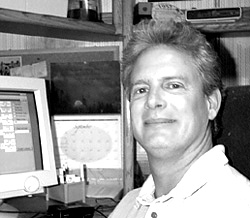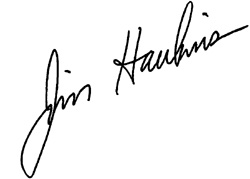|
|
|
||
|
|
|
||
|
Stat Highlites by Class and Events This month we will report on the best stats by class and event. Here it is in a nutshell, Pro Stock cars and bikes continued to make performance gains and have tight racing. In the fuel classes, Funny Car had a tremendous year and Top Fuel, well from a statistical point of view, stunk! Let's look at a few Funny Car stats. For the first time ever, Funny Car as a class, had an average in the 4's - 4.932. Nearly a tenth better than 2000's 5.028 average. Average MPH was in the 300's for the first time...303.59. Up over 8 mph over 2000. Elasped times for the class also dipped well into the 4.7's. Best elapsed time for 2000 was Ron Capps' 4.811 at the first Dallas race. 2001's best et was John Force's 4.731 at Reading. How close were the fields in Funny Car? 12 events had bubbles in the four second range. The second Pomona race being the best with an incredible 4.889! All events had four second runs and eight events had runs in the 4.7's. All told, we saw one the best statistical years and racing for Funny Car. Top Fuel is another subject. Yes, the class dipped into the 4.4's for the first time since 1999. Yes the class ran 330's for the first time since Tony Schumacher's 330.23 at Phoenix in 1999. But, here's what I think measure a classes' performance and make an event a statistical success: 1. Number of cars at the event...When I go to an event, I want to see at least 16 cars show up. In 2001, there were three 15 car fields. In 2000, 4 of 23 fields did not have a full fields. That's not good. 2. The classes' qualifying spread (difference between number 1 and 16)...2001 had 8 events where the qualifying spread was over 1 second and 11 events where the 16th spot was in the 5's. 3. How many times the cars lay down clean runs during eliminations...at an event with 16 cars, you will see 30 runs in eliminations. One statistic I keep, is how many of those runs are not aborted. Top Fuel had an overall average of 65% of an event's runs being full passes. That means that at an average event ,19.5 elimination runs were good and 10.5 went up in smoke. This is the worst percentage since I started tracking this in 1990. The Memphis race was best with a 83% good run percent, and you guessed it, Denver was worst with 43% of the elimination runs being good. (Go to the Denver race for the best seats, best scenery, but not the best stats. Thats a small plug for my home track.) Bike sand cars...close fields at every event. Not a qualifying spread over .1 for the cars!!! Vegas being the "worst" with a .096 and the second Pomona race being the closest with a .029. The bikes were a little more spread out but no event had over a .26. Obviously, the non fuel pros don't go up in smoke as much as fuel cars. Both classes average over 90% of good elimnation runs. That translates into seeing 27 or more (out of 30) clean runs in eliminations. The cars saw all but 4 races with a bubble in the 6.s. Finally, here's the answer to last month's trivia question. Over the last 12 seasons, 1990 - 2001, Kenny Bernstein has qualified in 238 events, the most in Top Fuel. John Force 242, tops in Funny Car, and WJ, 241 events in Pro Stock. What pro driver in TF, FC, or PS is second in total events qualified, from 1990 to 2001 with 217 events? Al Hofmann. - 217 events. Here's the top 10 pro drivers who have qualified at the most events since 1990. 1. Force - 242 Happy New Year! - Jim Hawkins Review more 2001 season ending stats, including stats for all NHRA qualifying drivers, Top 12, and National Events at Jim's DragStats web site: http://home.att.net/~jhawkins/dragstats.htm or email him with any questions at: DragStats@att.net
|
|||
|
Copyright 1999-2002, Drag Racing Online and Racing Net Source |
|||




 Stat Highlights from the 2001 NHRA Season
Part II
Stat Highlights from the 2001 NHRA Season
Part II 
